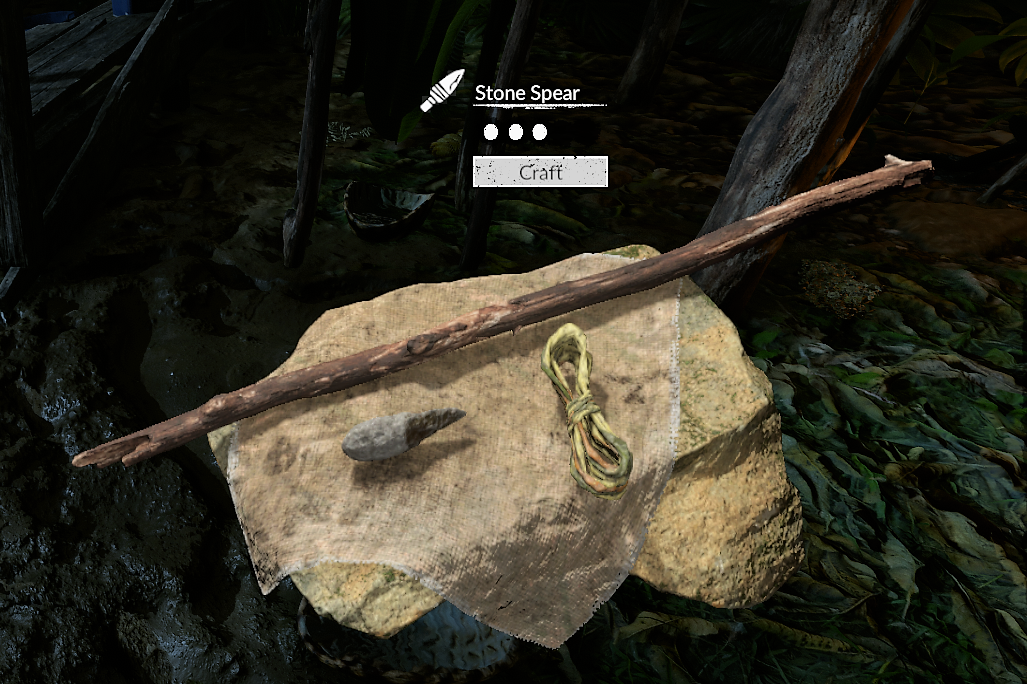

Spending most of your workday walking or standing, such as is the case for occupations like factory worker and teacher, can damage the plantar fascia, notes the Mayo Clinic. Too Much Pressure on the Heels People who walk frequently, run, or have to stand all day at work tend to be at higher risk.(2) Pregnancy also raises your risk by increasing weight placed on the feet. There also appears to be a strong association between increased body mass index (BMI) and plantar fasciitis in nonathletes. Obesity or Sudden Weight Gain Excess weight can damage the plantar fascia, making it less able to absorb shock, which can lead to heel pain.(1) There are a number of risk factors that can increase your risk for plantar fasciitis, including: Plantar fasciitis usually develops over time, rather than being triggered by any one specific injury. It is sometimes referred to as “runner’s heel.” A retrospective study of running injuries found that 7.8 percent of the injuries were plantar fasciitis, and the condition ranked as one of the five most common running injuries. It has a higher incidence among athletes - particularly runners. Men and women between ages 40 and 60 are most likely to experience the condition, though it’s slightly more common among women, according to a June 2019 article in American Family Physician. It’s this buildup of tension and tearing that cause the pain and stiffness associated with plantar fasciitis. The more tension and tearing that occur in the plantar fascia, the more inflammation and irritation there will be. That strain or damage causes inflammation, which results in your feeling pain and stiffness.Īs tension in the plantar fascia increases, tiny tears form in the tissue. Plantar fasciitis occurs when the plantar fascia becomes tight from too much pressure on the tissue. One out of 10 people has heel spurs, but only 1 out of 20 people with heel spurs has foot pain, according to the American Academy of Orthopaedic Surgeons. (1) In fact, they are often seen on X-rays of people who do not have heel pain or plantar fasciitis and are therefore believed by many researchers to be an incidental finding. ( 10) But heel spurs are not considered to be the cause of the pain in plantar fasciitis. Heel spurs - small, pointed overgrowths on the heel bone (the calcaneus bone) - can sometimes be spotted on X-rays. Your podiatrist may order an X-ray or other tests to make sure there isn't a fracture in your foot or something else that's causing the pain. (7) If the heel pain does not go away after a few weeks, it's a good idea to make an appointment with a podiatrist.Ī podiatrist will talk to you about your pain and symptoms, and examine your feet to rule out other conditions that can cause heel pain. Searing heel pain that’s worse with your first few steps of the day is the main symptom of plantar fasciitis and is an often unmistakable sign of the condition.


 0 kommentar(er)
0 kommentar(er)
